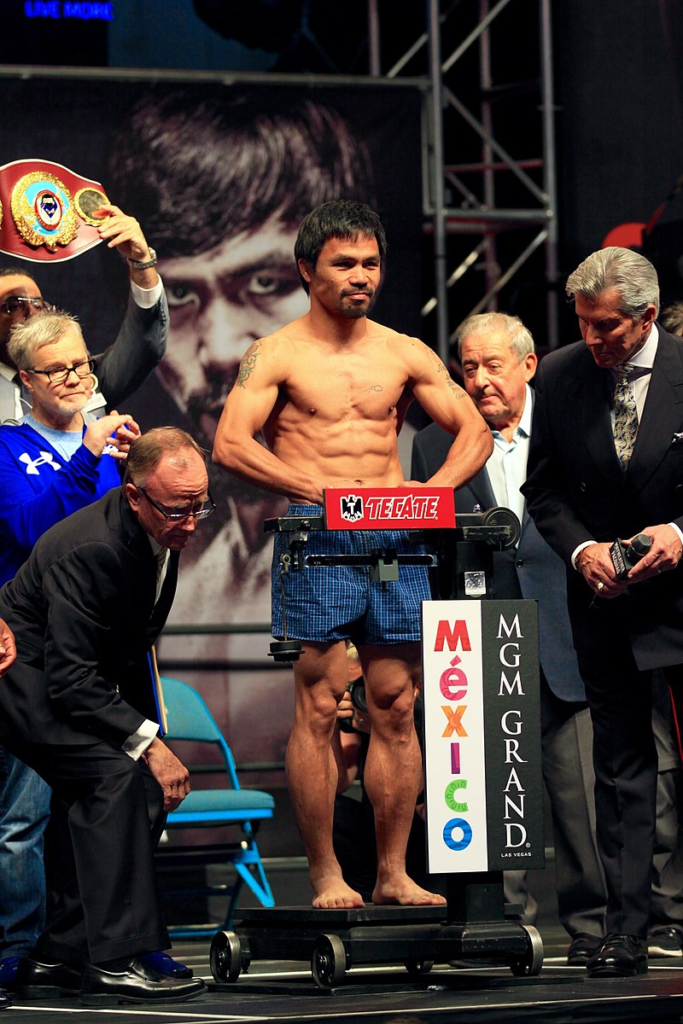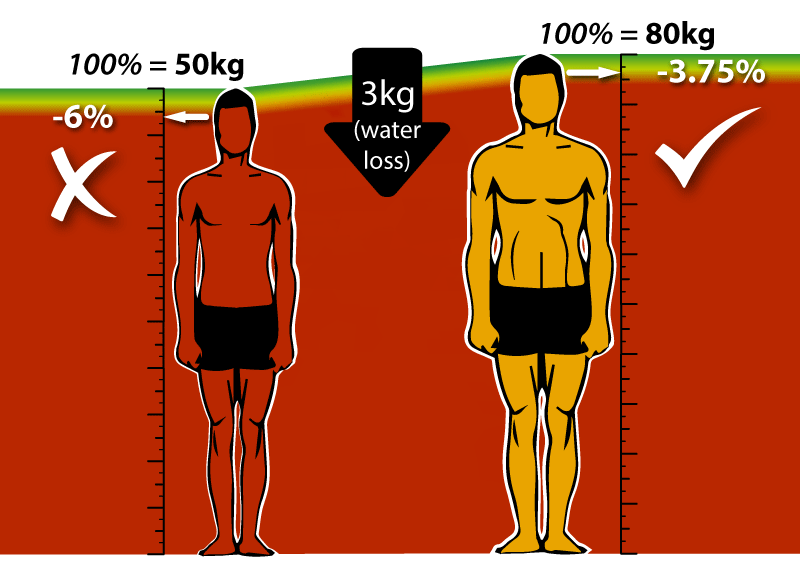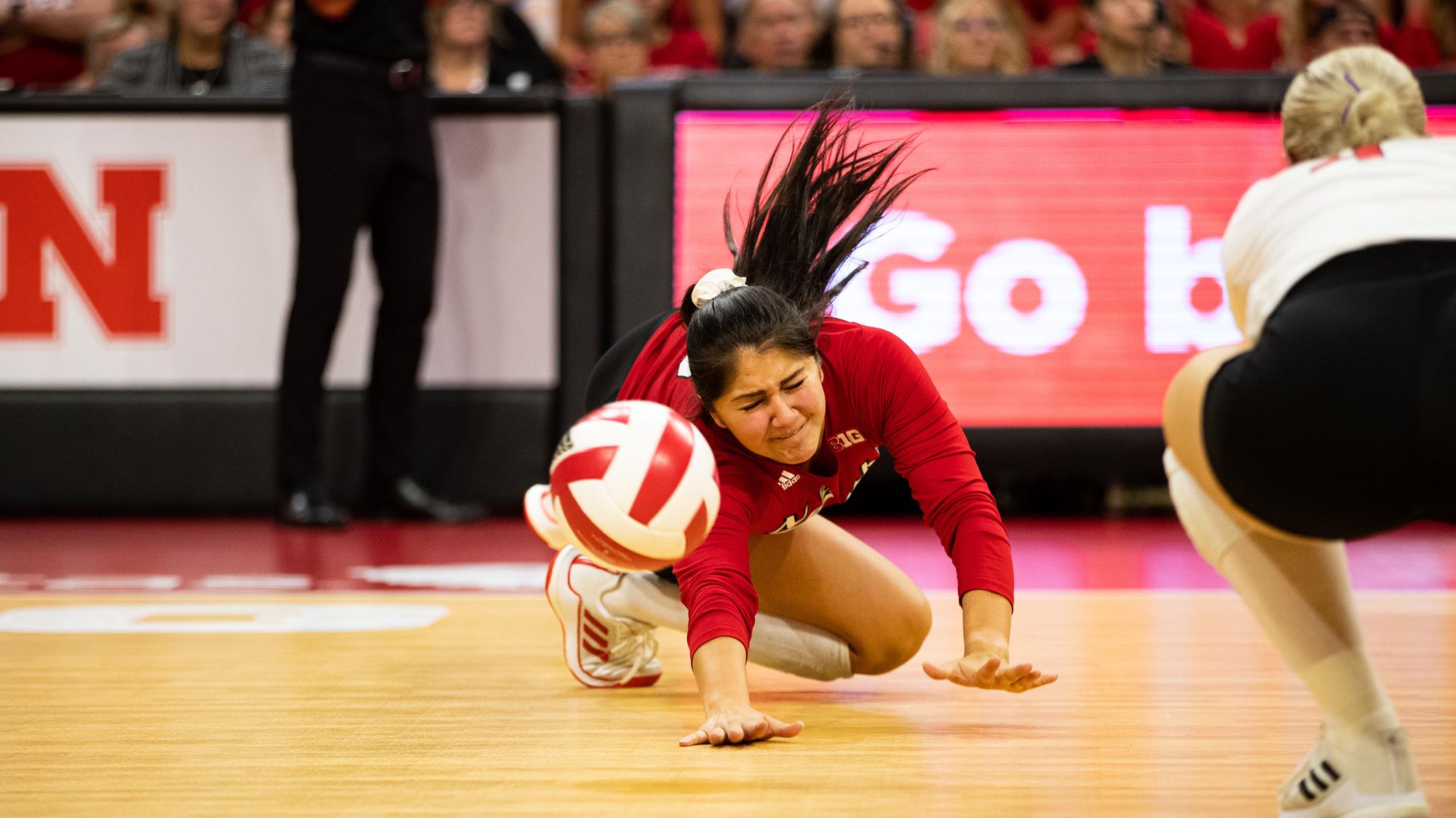Boxing is a combat sport that requires a high level of skill, strength, and endurance. It involves two athletes wearing gloves and fighting in a ring. One of the essential elements of boxing is the weight classes, which determine the maximum weight a fighter can be to compete. In this article, we will discuss boxing weight classes and how to choose the ideal fighting category.
Table of Contents
Understanding Boxing Weight Classes

Boxing weight classes are categories that boxers are divided into based on their weight. These categories were created to ensure that boxers compete against opponents of similar size and weight. Boxing weight classes have evolved over the years, with new weight classes being added to accommodate the increasing number of fighters.
Currently, there are 17 weight classes recognized by the major boxing organizations. The categories range from the minimum weight of 105 pounds to the heavyweight division, which has no weight limit. Each weight class has its own championship belt and set of rules.
Choosing the Right Boxing Weight Class
Choosing the right boxing weight class is crucial for any boxer. It can significantly impact their performance and overall success in the sport. There are several factors to consider when choosing the right weight class, including your weight, height, reach, and fighting style.
It is important to note that boxers should never try to cut weight to compete in a lower weight class. Cutting weight can be dangerous and can significantly impact a boxer’s health and performance. It is essential to choose a weight class that is comfortable and natural for your body.
Factors to Consider When Choosing a Boxing Weight Class

Weight
The first factor to consider when choosing a boxing weight class is your weight. Boxers should aim to compete at their natural weight to avoid any negative impacts on their health and performance. If you are unsure about your weight class, consult a coach or trainer to help you determine the ideal weight category for you.
Height and Reach
Height and reach are also essential factors to consider when choosing a weight class. Taller boxers with a longer reach may have an advantage in the ring, but they may also be slower and less agile. Shorter boxers may have quicker reflexes and be more agile, but they may have a disadvantage in reach.
Fighting Style
Another factor to consider when choosing a weight class is your fighting style. Some weight classes are better suited to boxers who prefer to fight from a distance, while others are better suited to boxers who like to fight on the inside. Consider your strengths and weaknesses as a boxer and choose a weight class that complements your style.
Impact of Choosing the Wrong Weight Class

Choosing the wrong weight class can have a significant impact on a boxer’s performance and overall success in the sport. If a boxer competes in a weight class that is too low for their natural weight, they may struggle with strength and endurance. If a boxer competes in a weight class that is too high for their natural weight, they may be at a significant disadvantage in terms of speed and agility.
In addition, competing in the wrong weight class can also impact a boxer’s health. Cutting weight to compete in a lower weight class can lead to dehydration, muscle loss, and other health issues.
Conclusion
In conclusion, choosing the right boxing weight class is crucial for any boxer. It can significantly impact their performance and overall success in the sport. Boxers should consider their weight, height, reach, and fighting style when choosing a weight class. It is essential to compete at your natural weight to avoid any negative impacts on your health and performance.
Learn about: Step up your game and knock out the competition with our top picks for the best boxing shoes in 2023 – lace up with style and dominate the ring with our expertly curated selection of boxing shoes.



